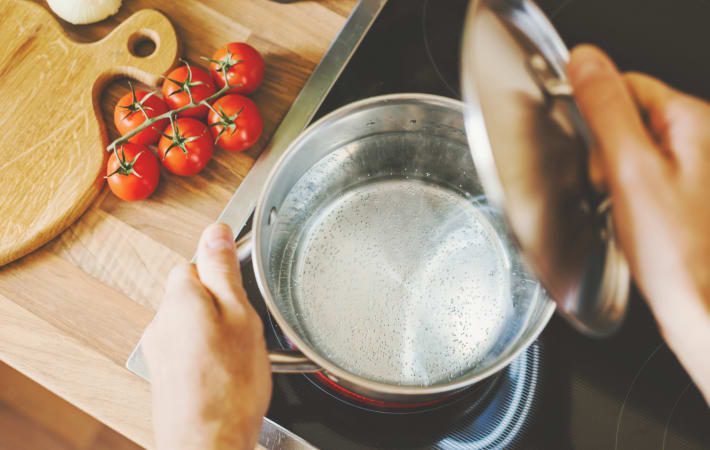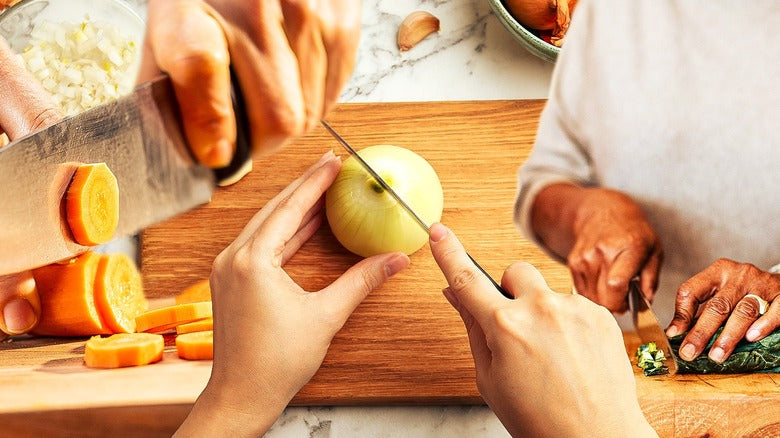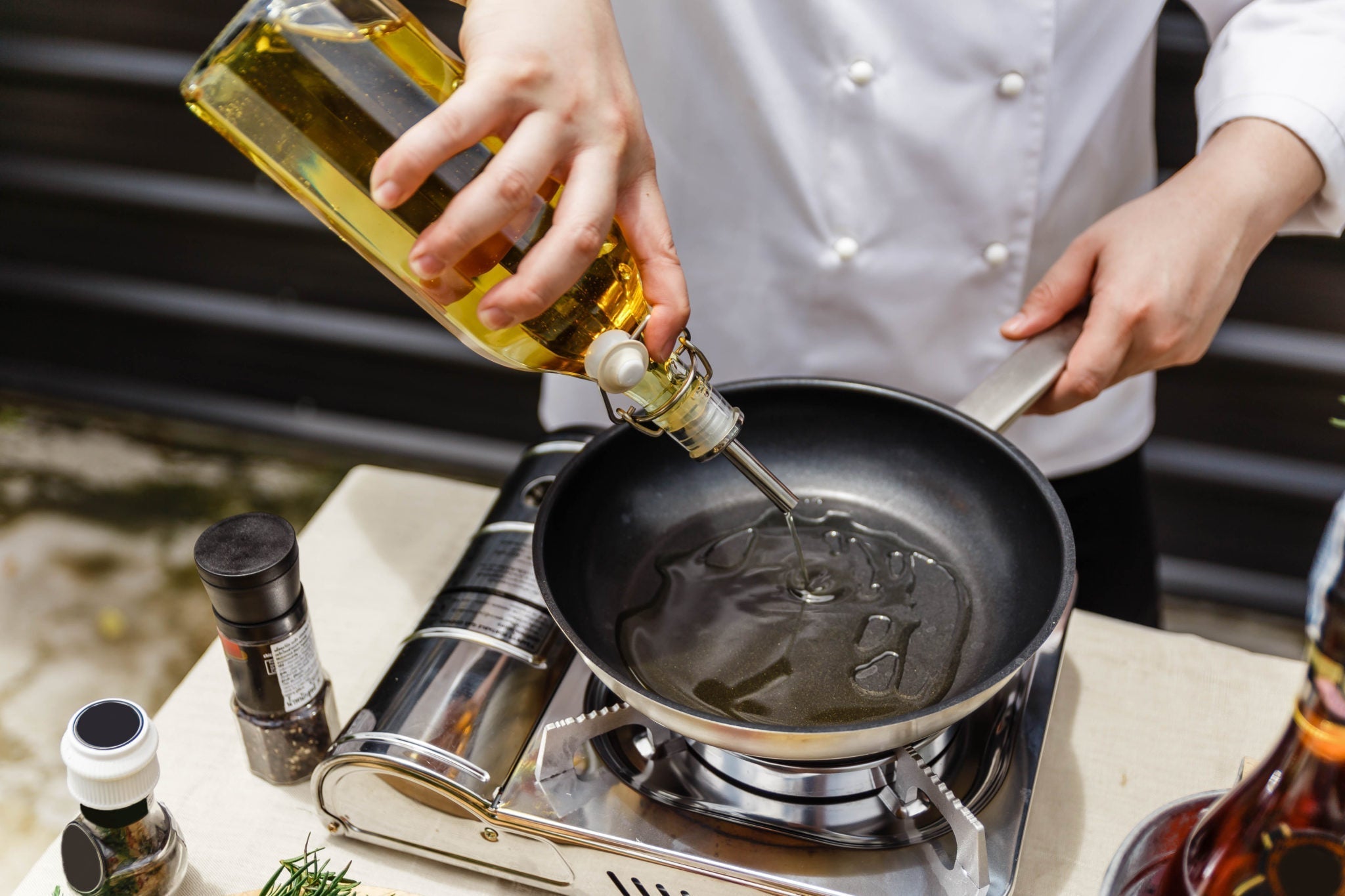When it comes to cooking, one of the most essential tools in any professional kitchen is a saucepan. This versatile piece of cookware is perfect for a variety of tasks, from making sauces to boiling pasta. However, just like any other tool, a saucepan requires proper maintenance to ensure it performs at its best. One of the key aspects of maintaining your saucepan is knowing how to season a saucepan. In this article, we will guide you through the process step-by-step, ensuring that your saucepan not only lasts longer but enhances your culinary creations.
Seasoning a saucepan creates a natural non-stick surface, prevents rusting, and enhances the flavor of the food. Understanding the technique is especially important for kitchen professionals who rely on their tools daily. Lets delve into the various methods and tips for expertly seasoning a saucepan.

Understanding What Seasoning Means
Before we dive into the process, its important to understand what we mean by seasoning. Seasoning a saucepan involves applying a thin layer of oil to create a protective layer over the metal. This process not only protects against corrosion but also helps to develop a non-stick surface. For kitchen professionals, a well-seasoned pan can significantly improve cooking efficiency and food quality.
Materials You Will Need
To season your saucepan properly, gather the following materials:
- Oil: Choose a high smoke-point oil such as canola oil or grapeseed oil.
- Paper Towels: For applying the oil and wiping it down.
- Oven: You may need to heat your saucepan in the oven.
- Stove: Ideal for frying and heating oil.

Step-by-Step Guide on How to Season a Saucepan
Now that you know what seasoning is, lets go over the detailed steps on how to season a saucepan effectively.
Step 1: Clean the Saucepan
Before you start the seasoning process, ensure your saucepan is thoroughly cleaned. If it's new, wash it with warm soapy water to remove any factory residue. If you are re-seasoning an old pan, scrub it with a non-abrasive scrubber to remove any old seasoning that's flaking off. Rinse it well and dry it completely before proceeding to the next step.
Step 2: Apply Oil
Once your saucepan is dry, take paper towels and apply a thin layer of your chosen oil. Make sure to cover the entire surface, including the bottom and sides. It's crucial to use only a small amount of oil; too much can lead to sticky or uneven seasoning.
Step 3: Heat the Saucepan
Now its time to use the oven or stovetop. If you opt for the oven, preheat it to about 400F (204C). Place your oiled saucepan upside down on the oven rack to avoid excess oil pooling in the bottom. You can place a baking sheet on the lower rack to catch any drips. If using the stove, heat your saucepan on medium heat until the oil begins to smoke slightly. This process allows the oil to bond with the metal, creating that essential non-stick layer.
Step 4: Cool and Wipe
After heating, allow your saucepan to cool down. Once cool, use a paper towel to wipe away any excess oil. Your saucepan should have a nice, shiny finish and no oily residue left. This final wipe ensures your seasoning is even and effective.

Why Seasoning is Important
Seasoning your saucepan is crucial for several reasons:
- Prevents Rust: A well-seasoned saucepan is less likely to rust, extending its lifespan.
- Enhances Flavor: Seasoning can impart a subtle flavor into the dishes cooked in the pan.
- Improved Cooking: Seasoned pans provide a natural non-stick surface, making cooking and cleaning easier.

Maintaining Your Seasoned Saucepan
After seasoning your saucepan, it's essential to maintain the seasoning. Here are some tips:
- Always clean your saucepan with warm water and a soft sponge. Avoid harsh detergents that can strip away the seasoning.
- If food starts to stick, it might be time to re-season your pan. A light coat of oil after each use can help maintain the non-stick surface.
- Store your saucepan properly. Avoid stacking cookware without separating layers with cloth or paper, which can help prevent scratching.
Common Mistakes When Seasoning Saucepan
Even the most experienced kitchen professionals can make mistakes when seasoning their cookware. Here are some common pitfalls and how to avoid them:
- Applying Too Much Oil: A thin layer of oil is key; excess can lead to a sticky surface.
- Poor Cleaning: Skipping the cleaning step can result in uneven seasoning.
- Inconsistent Heating: Ensure even heat distribution during the seasoning process to avoid hot spots.
Additional Resources
For more information on proper saucepan usage and maintenance, check out these articles:
Additionally, you can learn more about the necessity of having a saucepan in your kitchen from this article.
FAQs
1. How often should I season my saucepan?
You should season your saucepan whenever you notice that food is starting to stick or after heavy use.
2. Can I use olive oil for seasoning?
Olive oil has a lower smoke point and is not recommended for initial seasoning, but can be used for maintaining a seasoned pan.
3. Is it necessary to season non-stick pans?
Non-stick pans come with a coating that doesnt require seasoning, but seasoning can still enhance their performance.
As an Amazon Associate, I earn from qualifying purchases.






Leave a comment
This site is protected by hCaptcha and the hCaptcha Privacy Policy and Terms of Service apply.